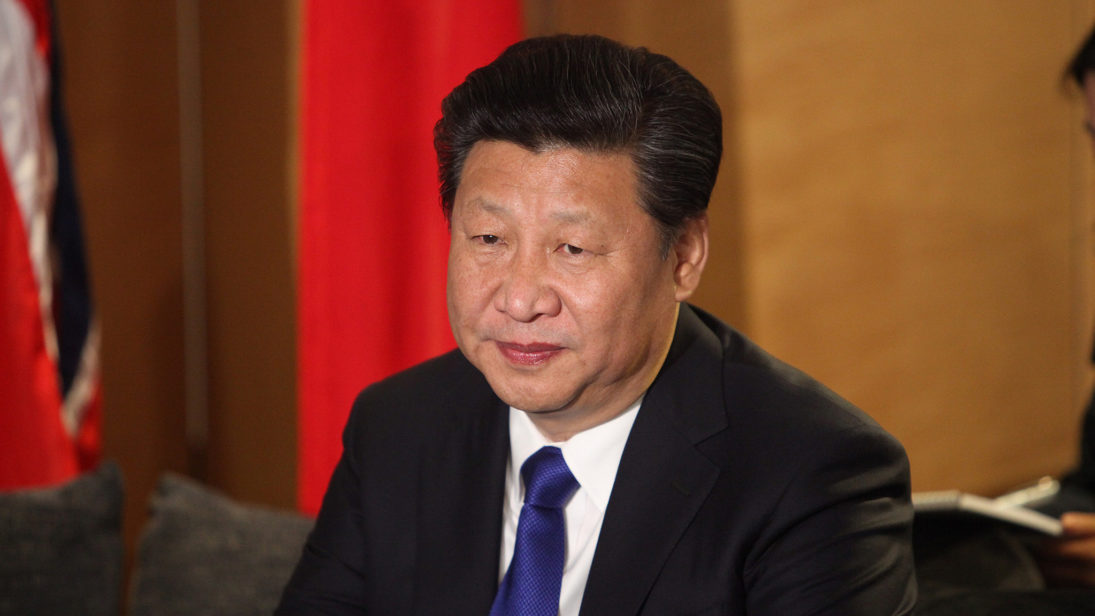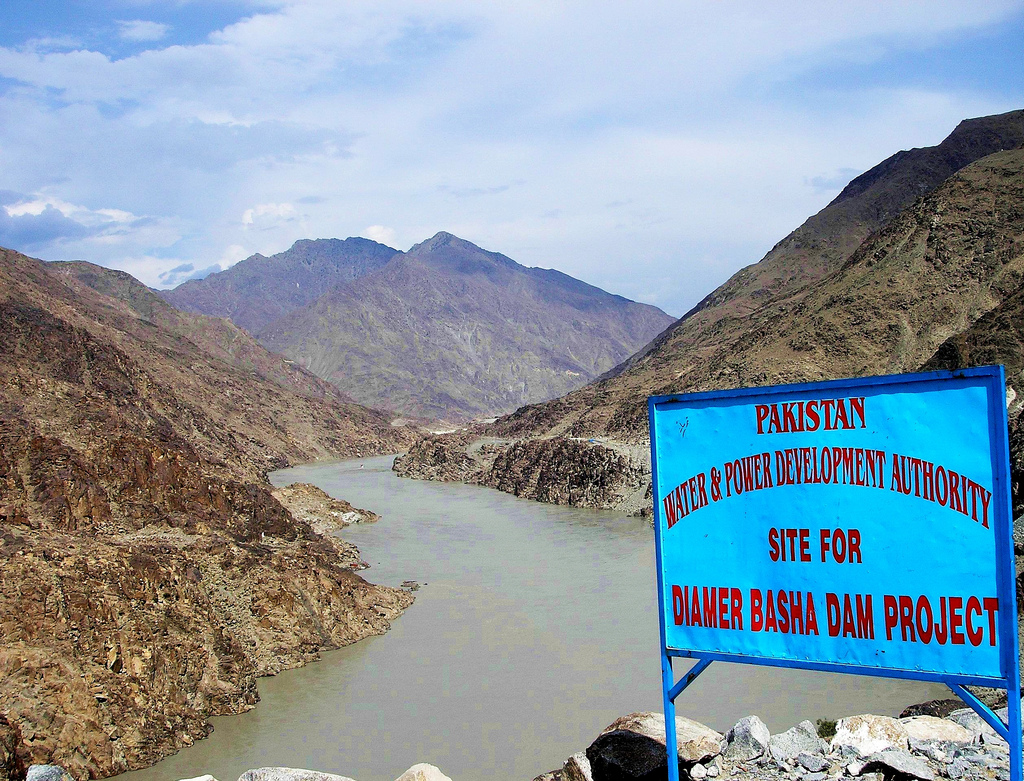
Ever since its formal launch in April 2015, the China-Pakistan Economic Corridor (CPEC)—a massive transport corridor project that comprises part of Beijing’s broader Belt and Road (BRI) initiative—has captivated analysts of South Asia. Its cost ($62 billion at this point) and scale (an array of nationwide projects ranging from energy generation and agricultural production to roads and port development) are immense, and yet its opacity often leaves observers in the dark. Indeed, from objectives to financing plans, much of CPEC is shrouded in secrecy. Still, despite being as enigmatic as it is enormous, one can safely make this assertion about CPEC: it is brimming with promise even as it is fraught with risk.
Two new SAV essays nicely capture CPEC’s complexities and uncertainties. Muhammad Daim Fazil’s contribution outlines CPEC’s vast economic dimensions. These include energy projects that could resolve Pakistan’s longstanding energy shortages, along with broader connectivity efforts that could bring more integration to South Asia, which the World Bank describes as the most poorly integrated region in the world. Fazil also amplifies the game-changing strategic benefits that China could derive from CPEC. These range from easier access to far-flung markets (Beijing is developing the Gwadar port in southern Pakistan, which when operational will enable China to bypass the volatile Malacca Strait in southeast Asia) to an extension of its “strategic and military footprints” in the Indian Ocean Region. Speculation abounds that China may build a naval base off Gwadar.
How Washington assesses the relative weight of these economic and strategic dimensions of CPEC will help shape overall U.S. perceptions of the project. If viewed through an economic lens, U.S. policymakers should be heartened by CPEC. The project’s economic objectives—more energy security, economic development, and connectivity in Pakistan, and a more integrated South Asia—align with Washington’s own interests. However, if a strategic lens is applied to CPEC, a troubling reality comes into sharp focus: China, America’s biggest strategic competitor, is rapidly expanding its influence in a country and broader region where the United States is much less present.
Fazil also rightly describes how CPEC could exacerbate Subcontinental tensions. New Delhi, he notes, opposes the project because it entails development in Gilgit-Baltistan, a region of Kashmir that is administered by Pakistan but claimed by India. China-India tensions have intensified over the last year, and New Delhi’s concerns about CPEC could further aggravate relations between Asia’s two biggest powers.
CPEC, in fact, may not only be a trigger for geopolitical tensions, but also a victim of them. As I describe in an essay for a new National Bureau of Asian Research book on BRI, CPEC could get caught up in the intensifying rivalry between Saudi Arabia and Iran. Tehran accuses Pakistan and Saudi Arabia of providing safe haven to anti-Iranian militants in Baluchistan. These militants also have a presence in Iran’s Sistan and Baluchistan province (across the border from Pakistan’s Baluchistan), where India is helping Iran develop the port of Chabahar. Saudi Arabia, fearing that a developed Chabahar will enable Tehran to project power into the Persian Gulf and Indian Ocean, may funnel assistance to anti-Iranian militants in Sistan and Baluchistan. The result could be heightened instability along the Iran-Pakistan border, with troubling security implications for CPEC projects in Baluchistan.
These considerations underscore the major security risks facing CPEC, even in a country that has experienced fewer terrorist attacks since the Pakistani military launched an offensive against the Pakistan Taliban in 2014. Hemant Shivakumar’s SAV essay discusses these security risks, with specific reference to the restive region of Baluchistan and threats to Chinese workers in Pakistan.
These security threats shouldn’t be taken lightly. Baluchistan, the western Pakistani province where many early harvest CPEC projects are being developed, is afflicted by a separatist insurgency fueled in part by grievances about inequitable state exploitation of local resources. CPEC, which entails large-scale infrastructure development and the attendant use of precious water resources in a bone-dry region, could well exacerbate the insurgents’ grievances.
Meanwhile, many of the Islamist terrorist attacks in Pakistan over the last few years have occurred in areas—mostly in Baluchistan—located near envisioned CPEC projects. Organized criminal gangs pose an additional, and often overlooked, security threat. The powerful Chotu Gang, based in Punjab, another key province for CPEC development, abducted 12 Chinese laborers working on a highway project in 2005. The Pakistani military has vowed to provide full security for CPEC projects, but it will need to guard against three major risks: separatist insurgents, Islamist militants, and criminal gangs.

Shivakumar also highlights the financial risks posed by CPEC. Indeed, Beijing is taking a big gamble by pouring huge amounts of loans into Pakistan—and other poor countries, such as Sri Lanka—that must consequently confront rising debt burdens. According to an estimate made by the brokerage house Topline Securities last year, CPEC loans could put Pakistan in a position where it has to pay back $90 billion over the next three decades. A rising debt burden is a troubling prospect for Pakistan’s economy, which is already facing a widening fiscal deficit and falling foreign reserves.
Both Fazil and Shivakumar predict that the promise and peril of CPEC will continue to be on full display in 2018. They are correct. On the one hand, despite dismissive rhetoric from critics, CPEC has legs, and it is going places—and fast. Projects will continue to develop and be launched. At the same time, the security and especially the financial risks will linger. Last November, Pakistan rejected a $14 billion Chinese offer to develop the Diamer-Bhasha dam. In a strikingly candid public admission, a top Pakistani official, Water and Power Development Authority Chairman Muzammil Hussain, said that China’s funding conditions were “not doable and against our interests.” Given how sacrosanct CPEC has become in Pakistani public discourse, this outright rejection of a key envisioned CPEC project was nothing short of extraordinary.
A major question in 2018 will be whether this incident was a mere anomaly, or if it represents a new precedent of Pakistan backing out of projects that it concludes it cannot afford to pay for. The answer to this question, like the answer to so many others related to CPEC, is that the jury is still out.
Editor’s Note: South Asian Voices (SAV) endeavors to ensure its contributors are influencing policy debates in India, Pakistan, and the United States. To this end, our feature Experts Ki Rai periodically has experienced South Asia specialists weigh-in on contributors’ analysis, in the hope of continuing to advance meaningful dialogue on the subcontinent and beyond. In this edition of Experts ki Rai, Michael Kugelman of the Woodrow Wilson Center responds to SAV’s series “CPEC: Where Are We Now?” Read the series here.
***
Image 1: The British Foreign and Commonwealth Office via Flickr
Image 2: Muhammad Hasnain via Flickr


